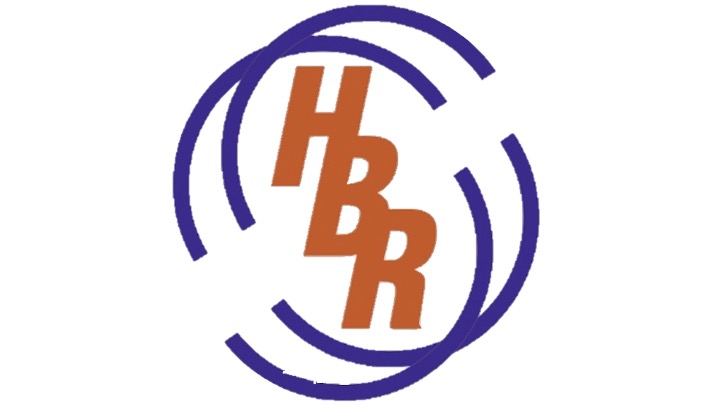Coil Winding: Definition, Methods & Application
Coil winding is the process of wrapping wire or tube around a cylindrical form or other forms of continuation of spiral like method to create a coil either on a center support like a bobbin or toroid, and as a standalone air coil. Depending on its intended use, the coil may have a single layer or multiple layers of wire or tube. Coil winding is used in various applications, including but not limited to RF Match, bobbin/ toroid, heating and cooling applications for both air and liquid and inductors.
Coil Winding Methods And Machines
The most common method of coil winding is manual winding for many types of smaller to mid-size coils. In this process, the wire is wrapped around and formed by hand. However, there are also automated methods for coil winding that can be used for larger coils that use larger materials such as tube or rods.
Another most common type of coil winding is called helical or spiral winding. In this technique, the wire is wound in a spiral like form. The wire may be wrapped tightly together, or it may be spaced apart slightly. This type of winding creates a coil with good electromagnetic properties.
The third type of coil winding is called flat or parallel winding. In this technique, the wire is laid flat on the form and wound in parallel layers. This type of winding creates a coil with good mechanical properties.
Lastly, Orthocyclic winding is a type of coil winding where the wire path starts and ends at the same point. This type of winding is often used in application for inductors. Orthocyclic winding results in lower losses and higher efficiencies than other types of coil winding, making it a popular choice for this type of applications.
The characteristics of a coil are largely determined by the raw materials used, the size of the wire/tube/rod, spacing between turns and shape of the form. In general, thinner wires produce coils with less resistance, while thicker wires produce coils with more resistance. Coils with more layers typically have a higher inductance than those with fewer layers.
Deciding on the Method to Use
With a variety of different ways to accomplish coil winding, you may be wondering how to decide on the most suitable way. This would depend on the heat insulation properties of the device in question as well as the electrical voltage that will pass through the coils. For instance, in the case of electromagnets, coils should be wound in such a way that the electrical voltage on two adjacent windings should travel in opposite directions.
Engineers often select the winding method based on these factors:
- The amount of space available for winding coils
- The exact position of this available space on the device
- The location where the final part of the coil is expected to end up
There Are Different Sizes of Wires Available
At HBR, we only work with coil that falls between AWG sizes 2 to 42. Regardless of the specific project you have in mind, feel free to contact us today and we can rise to the occasion!

